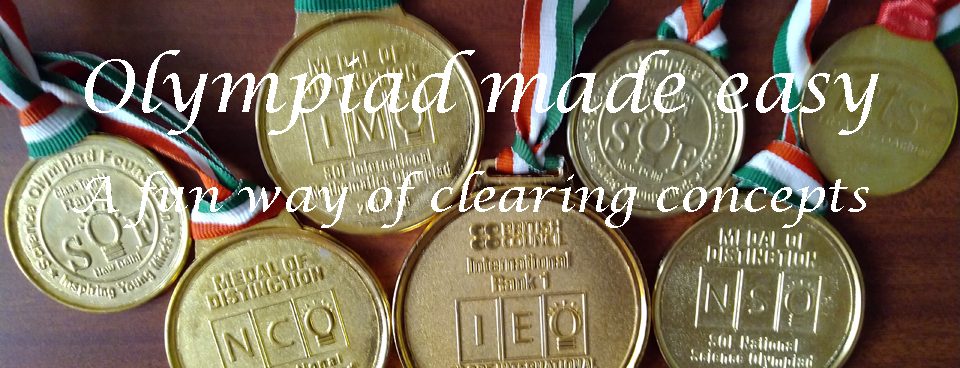Grade 3 Syllabus for NSO
Plants and Animals
Different parts of a plant and their functions
Animals

Different parts of a plant and their functions
Animals
A look at the previous lessons on earth and universe :
Grade 2 Science (NSO) : Earth and universe
Weather and The Sky: Earth and Sky fundamentals
The motion around the sun along its orbit is called a revolution . The amount of time it takes for a single trip around the sun is called a period of revolution. The period for the Earth to revolve around the sun is 365.24 days or one year. The .24 days is why every four years February has 29 days.
There are 4 seasons in an year .In Autumn and Spring the northern and southern hemispheres are tilted equally toward the sun.In Summer the Earth is on the other side of the sun and the northern hemisphere is tilted toward the sun and gets better sun rays. In winter the northern hemisphere is tilted away from the sun. That’s how we get seasons.
Earth’s orbit around the sun is slightly elliptical, Earth is actually slightly closer to the sun in the winter than it is in the summer.It is the tilt of Earth’s axis that causes the seasons.

Links to part 1 and part 2 of the human body
Grade 3 Science (NSO) : Human body part 1
Grade 3 Science(NSO) : Human body part 2
This system controls all our actions, sense of feelings and thinking is called Nervous system.The nervous system is a complex collection of nerves and specialized cells known as neurons that transmit signals between different parts of the body. It is essentially the body’s electrical wiring.
A look at the grade 2 lessons
Grade 2 Science (NSO): Human Body
Human beings: Parts of the body
Our body is made up of different organs and organ systems. There are in all 12 systems in our body
Bacteria and fungi are the main groups of decomposer organisms. Food decay is also known as food spoilage.
Bacteria and fungi need Food , Warmth and Moisture to grow.
There are several ways to stop or slow down the decay of foods. This is known as Food Preservation.
Bacteria cannot reproduce at low temperatures.
Bacteria and fungi need warmth to grow. In low temperatures they stop growing.
Following is the list of food preserved by freezing;
Removing water prevents the microorganisms from growing, or digesting the food.
A look at the grade 2 lesson
Give us energy to work. They contain carbohydrate and fats.
They are found in foods like rice, pasta, cassava, yam etc. when starchy foods are eaten and digested, simple sugars like glucose are obtained. It is this glucose that the body uses for energy.
There are two major types of carbohydrates:
1. Simple carbohydrates (Sugar)
Cooking improves the flavor of food and also makes the food easier to chew and more digestible. Micro oirganisms present in the food are killed during cooking which makes the food safer to consume. Various methods of cooking are listed below :
Involves cooking the food at the boiling temperature of water ie 100 degree centigrade.
Example : Eggs , potatoes etc
A quick look at the Grade 1 lessons :
Weather and The Sky:GK questions on space
Weather and The Sky: Earth and Sky fundamentals
Bird, a warm-blooded vertebrate that lays eggs and has feathers and wings.
A look at the grade 2 lessons :
Grade 2 science (NSO) : Animals
Herbivores : Animals like cows , buffaloes , sheep etc., that eat plants.
Carnivores : Animals like lions, tigers, etc., that prey on and eat other animals.
Omnivores : Animals like bears, crows etc., that eat both plants and animals.
Scavengers : Animals like vultures and jackals that eat dead and left over animals generally preyed on by carnivores.